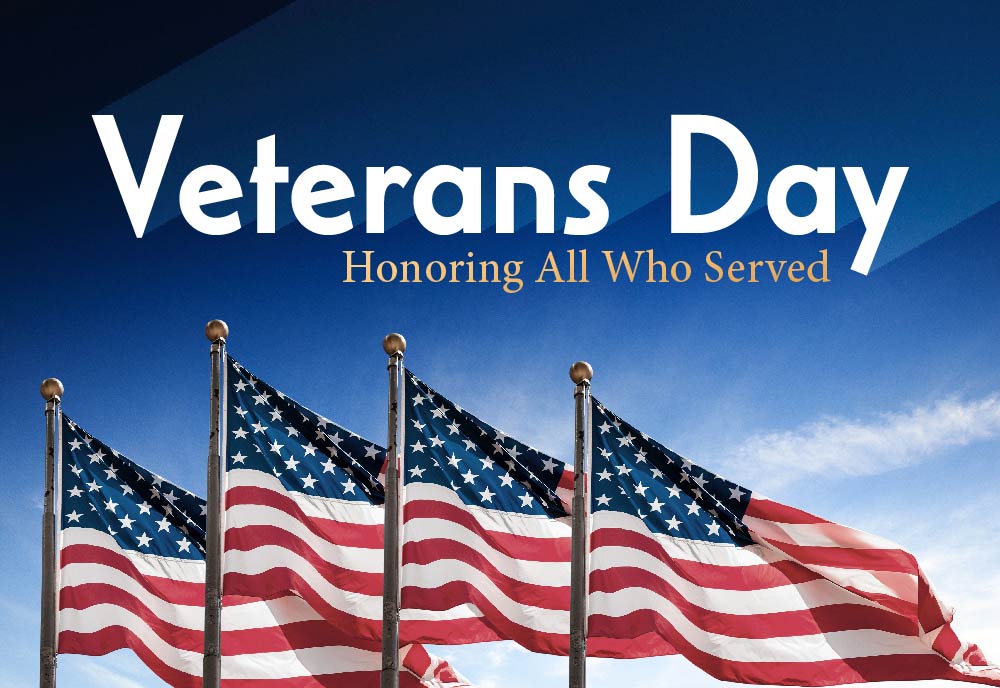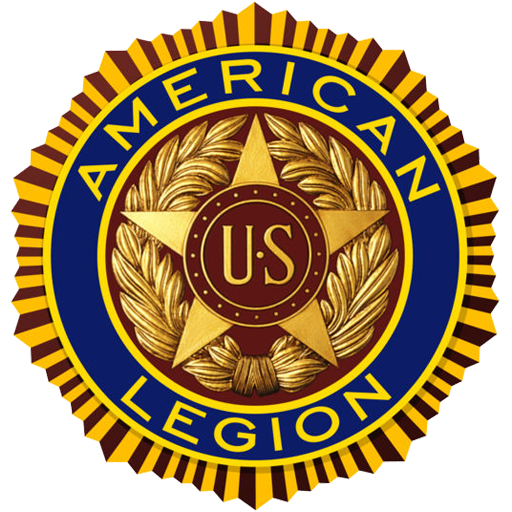
 Today, November 11th, we celebrate Veteran’s Day here in the United States. Around the world, Veteran’s Day is known as Armistice Day, when the treaty to end WWI was signed by the participating nations. To all our members, and others who have served our country, we give thanks for your service and sacrifice to protect our great nation.
Today, November 11th, we celebrate Veteran’s Day here in the United States. Around the world, Veteran’s Day is known as Armistice Day, when the treaty to end WWI was signed by the participating nations. To all our members, and others who have served our country, we give thanks for your service and sacrifice to protect our great nation.
A Brief History of Veterans Day
On November 11, 1919, U.S. President Woodrow Wilson issued a message to all Americans on the first Armistice Day, in which he expressed what he felt the day meant to the citizens of he United States:
ADDRESS TO FELLOW-COUNTRYMEN
The White House, November 11, 1919.
A year ago today our enemies laid down their arms in accordance with an armistice which rendered them impotent to renew hostilities, and gave to the world an assured opportunity to reconstruct its shattered order and to work out in peace a new and juster set of international relations. The soldiers and people of the European Allies had fought and endured for more than four years to uphold the barrier of civilization against the aggressions of armed force. We ourselves had been in the conflict something more than a year and a half.
With splendid forgetfulness of mere personal concerns, we remodeled our industries, concentrated our financial resources, increased our agricultural output, and assembled a great army, so that at the last our power was a decisive factor in the victory. We were able to bring the vast resources, material and moral, of a great and free people to the assistance of our associates in Europe who had suffered and sacrificed without limit in the cause for which we fought.
Out of this victory there arose new possibilities of political freedom and economic concert. The war showed us the strength of great nations acting together for high purposes, and the victory of arms foretells the enduring conquests which can be made in peace when nations act justly and in furtherance of the common interests of men.
To us in America the reflections of Armistice Day will be filled with solemn pride in the heroism of those who died in the country’s service, and with gratitude for the victory, both because of the thing from which it has freed us and because of the opportunity it has given America to show her sympathy with peace and justice in the councils of nations.
WOODROW WILSON
Veterans Day, formerly known as Armistice Day, was originally set as a U.S. legal holiday to honor the end of World War I, which officially took place on November 11, 1918. In legislation that was passed in 1938, November 11 was “dedicated to the cause of world peace and to be hereafter celebrated and known as ‘Armistice Day.'” As such, this new legal holiday honored World War I veterans.
In 1954, after having been through both World War II and the Korean War, the 83rd U.S. Congress — at the urging of the veterans service organizations — amended the Act of 1938 by striking out the word “Armistice” and inserting the word “Veterans.” With the approval of this legislation on June 1, 1954, Nov. 11 became a day to honor American veterans of all wars.
In 1968, the Uniforms Holiday Bill ensured three-day weekends for federal employees by celebrating four national holidays on Mondays: Washington’s Birthday, Memorial Day, Veterans Day, and Columbus Day. Under this bill, Veterans Day was moved to the fourth Monday of October. Many states did not agree with this decision and continued to celebrate the holiday on its original date.
The first Veterans Day under the new law was observed with much confusion on Oct. 25, 1971.
Finally on September 20, 1975, President Gerald R. Ford signed a law which returned the annual observance of Veterans Day to its original date of Nov. 11, beginning in 1978. Since then, the Veterans Day holiday has been observed on Nov. 11.
Celebrating the Veterans Day Holiday
If the Nov. 11 holiday falls on a non-workday — Saturday or Sunday — the holiday is observed by the federal government on Monday (if the holiday falls on Sunday) or Friday (if the holiday falls on Saturday). Federal government closings are established by the U.S. Office of Personnel Management. State and local government closings are determined locally, and non- government businesses can close or remain open as they see fit, regardless of federal, state or local government operation determinations.
United States Senate Resolution 143, which was passed on Aug. 4, 2001, designated the week of Nov. 11 through Nov. 17, 2001, as “National Veterans Awareness Week.” The resolution calls for educational efforts directed at elementary and secondary school students concerning the contributions and sacrifices of veterans.
National ceremonies commemorating Veterans Day occur each year at the memorial amphitheater built around the Tomb of the Unknowns. At 11 AM on November 11, a color guard representing all military services executes “Present Arms” at the tomb. Then the presidential wreath is laid upon the tomb. Finally, the bugler plays taps.
Each Veterans Day should be a time when Americans stop and remember the brave men and women who have risked their lives for the United States of America. As Dwight Eisenhower said:
“…it is well for us to pause, to acknowledge our debt to those who paid so large a share of freedom’s price. As we stand here in grateful remembrance of the veterans’ contributions we renew our conviction of individual responsibility to live in ways that support the eternal truths upon which our Nation is founded, and from which flows all its strength and all its greatness.”
The difference between Veterans Day and Memorial Day
Memorial Day honors service members who died in service to their country or as a result of injuries incurred during battle. Deceased veterans are also remembered on Veterans Day but the day is set aside to thank and honor living veterans who served honorably in the military – in wartime or peacetime.
President Eisenhower’s letter to Harvey V. Higley, Administrator of Veterans’ Affairs, designating him Chairman, Veterans Day National Committee
The White House Office
October 8, 1954
Dear Mr. Higley:
I have today signed a proclamation calling upon all of our citizens to observe Thursday, November 11, 1954 as Veterans Day. It is my earnest hope that all veterans, their organizations, and the entire citizenry will join hands to insure proper and widespread observance of this day. With the thought that it will be most helpful to coordinate the planning, I am suggesting the formation of a Veterans Day National Committee. In view of your great personal interest as well as your official responsibilities, I have designated you to serve as Chairman. You may include in the Committee membership such other persons as you desire to select and I am requesting the heads of all departments and agencies of the Executive branch to assist the Committee in its work in every way possible.
I have every confidence that our Nation will respond wholeheartedly in the appropriate observance of Veterans Day, 1954.
Sincerely,
DWIGHT D. EISENHOWER
Below are some links to additional articles about the last day of WWI.
Wasted Lives on Armistace Day – Historynet.com
Armistace Day – The Last Night of WWI and a Bridge Into Hell – Breitbart.com
New Yorkers Were Among US Troops to Fall on WWI’s Last Day – US NEWS & World Report
Killed on the last day of WW1: Poignant stories of soldiers hours from safety – Mirror.co.uk
History Channel World War I : The Great War – Last Day of WWI – YouTube.com

